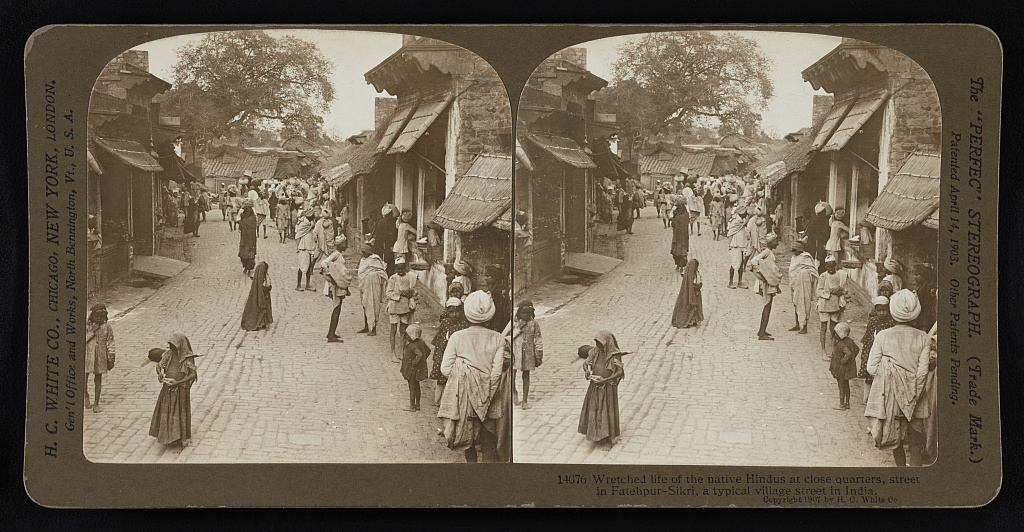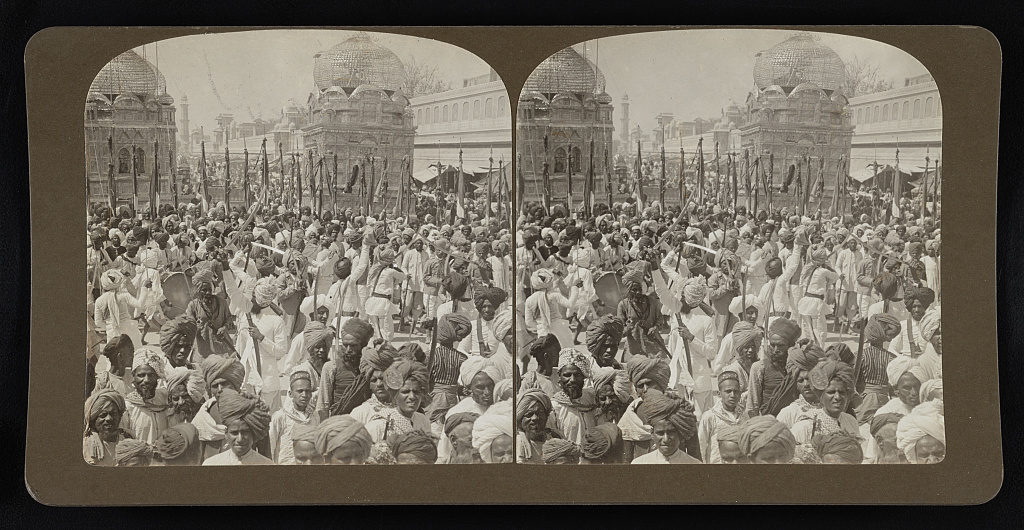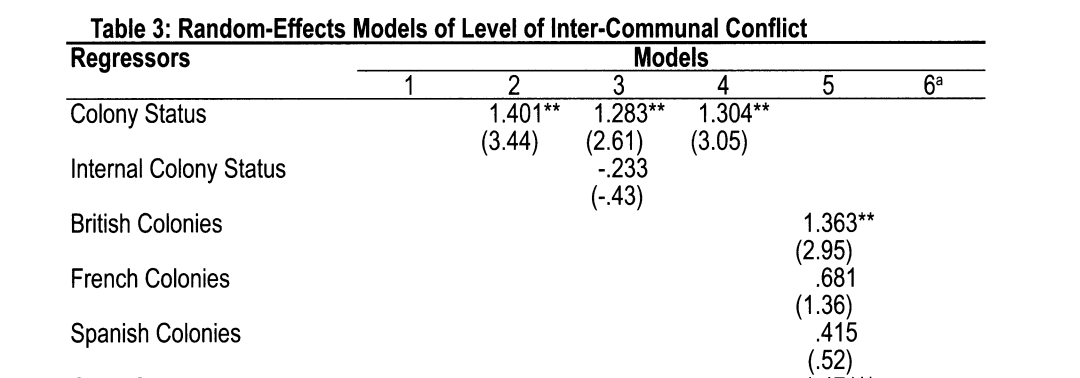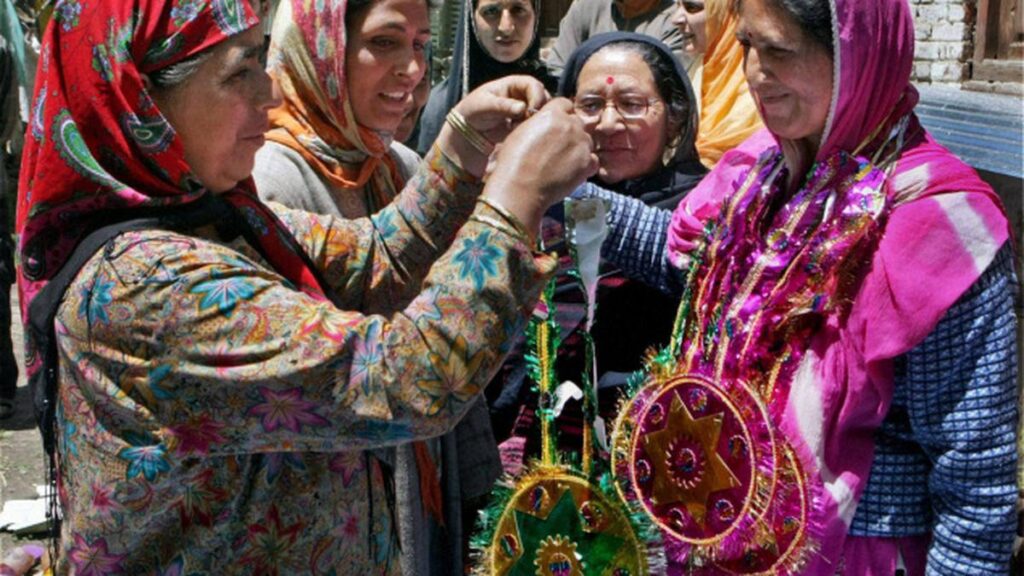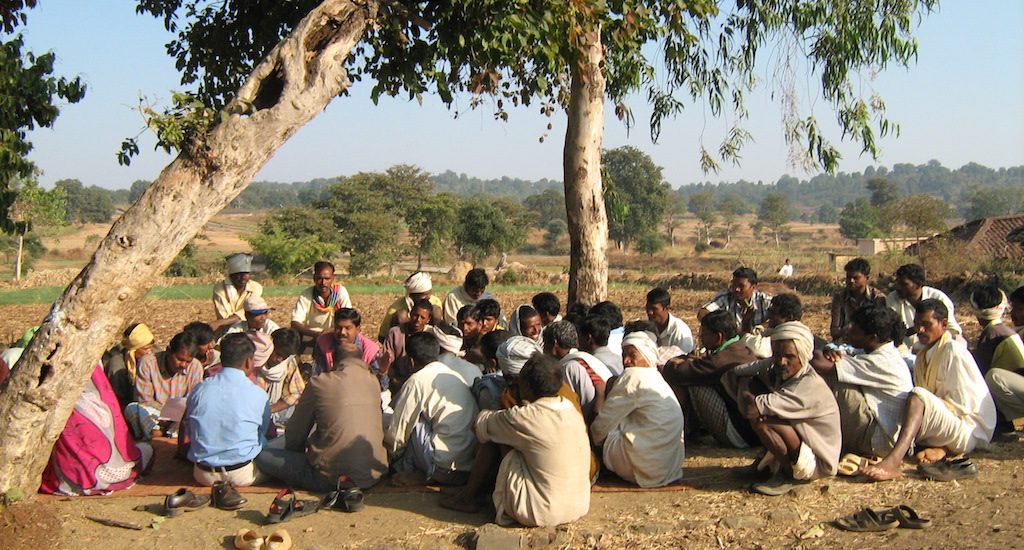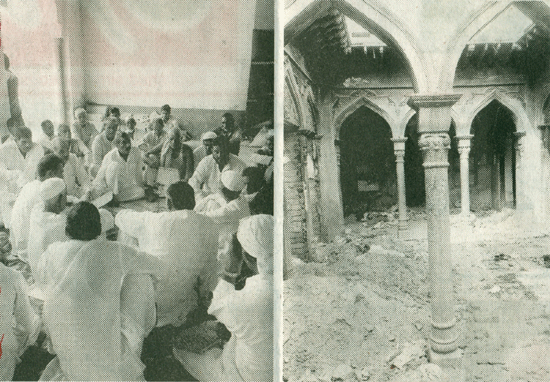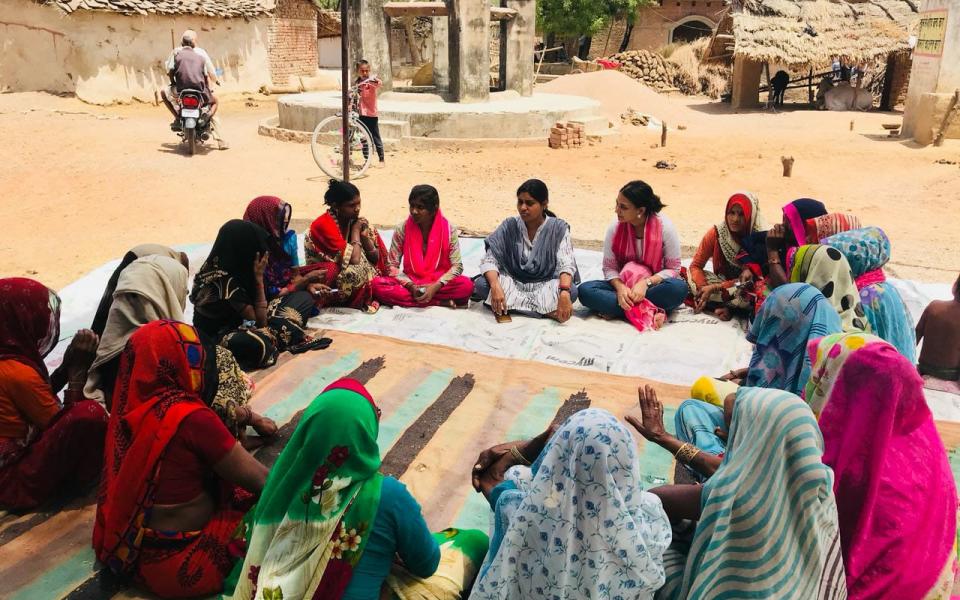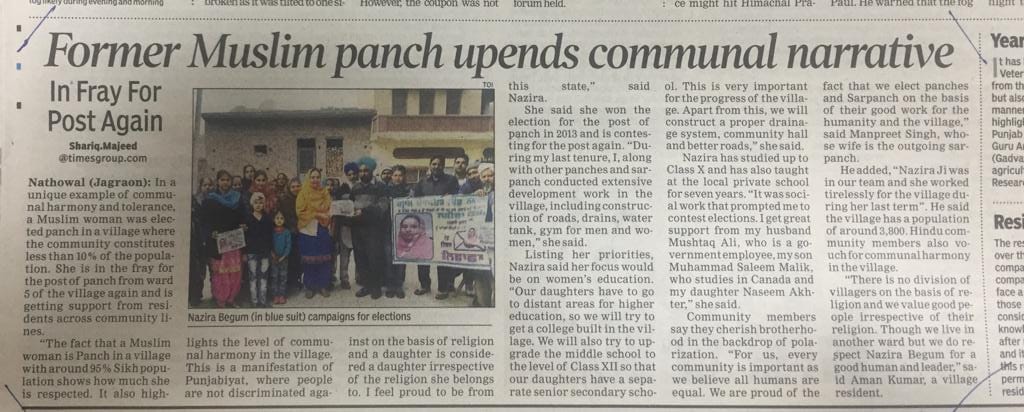by Maitreyee Singh
“More brain, O Lord, more brain! or we shall mar/
Utterly this fair garden we might win.”
The above is a couplet from “Modern Love: XLVII” by Victorian writer George Meredith. Indian readers might more likely recognize it from the title page inscription of Constitutional architect and social reformer B.R. Ambedkar’s Pakistan or the Partition of India (1946: 1). Pithy and urgent, it was a well-advised rejoinder for a nation on the precipice of independence. As it happens, gardens wither, too, when not tended, and Ambedkar’s plea for mindfulness remains both timeless and timely for post-Independence India.
Instructed to examine some particularity of the postcolonial condition, my immediate thought was to analyze the Panchayat system of local governance as a precolonial institution with potential for mediating postcolonial conflict. Perhaps predictably, my assumptions were informed by my personal experiences of India, and as anyone who has done any academic writing knows, attempting to retrofit research to a preconceived thesis never works. In examining the Panchayat system more closely, I’ve been made to also examine the lacuna in my own understanding of communal conflict in India.
Bibliography
Ambedkar, Bhimrao Ramji. (1946). “Weakening of the Defences” in Pakistan or the Partition of India. India: Thacker. 78-80
Avruch, K., & Black, P. W. (1991). The Culture question and conflict resolution. Peace & Change, 16(1), 22-45. https://doi.org/10.1111/j.1468-0130.1991.tb00563.x
Baxi, U. (1982). The Crisis of The Indian Legal System. Alternatives in Development Law.
India: Vikas Publishing House, Pvt. Ltd. Chaudhary, M. A. (1999). Justice in Practice: Legal Ethnography of a Pakistani Punjabi Village. New York: Oxford University Press.
Bhabha, Homi. “Unsatisfied: Notes on Vernacular Cosmopolitanism.” Text and Nation: Cross-Disciplinary Essays on Cultural and National Identities. Ed. Laura Garcia-Moreno and Peter C. Pfeiffer. Columbia: Camden House, 1996.
Bhabha, Homi, “Of Mimicry and Man: The Ambivalence of Colonial Discourse,” in The Location of Culture (London and New York: Routledge, 1993).
Bhabha, Homi, DissemiNation…., pp 294
Borooah, V.K., Tagat, A. and Mishra, V. (2020), “Conflict, caste and resolution: a quantitative analysis for Indian villages”, Indian Growth and Development Review, Vol. 13 No. 2, pp. 319-338. https://doi.org/10.1108/IGDR-08-2019-0087
Chatterjee, Partha, The Nation and its Fragments: Colonial and Postcolonial Histories, Princeton, Princeton UP, 1993.
Chatterjee, Partha. Nationalist Thought and the Colonial World: A Derivative Discourse? London: Zed, 1986, 22.
Cohn, B. S. (1965). Anthropological Notes on Disputes and Law in India. American Anthropologist, 67(6), 82-122. https://doi.org/10.1525/aa.1965.67.6.02a00960
Cohn, B. S. (1967). Some notes on law and change in north india. In P. Bohannan (Ed.), Law and warfare: Studies in the anthropology of conflict. New York: Natural History Press.
Galanter M, Krishnan JK. 2003. Debased informalism: Lok Adalats and Legal Rights in Modern India. In Beyond https://media.law.wisc.edu/s/c_8/ymy9n/mgdi.pdf
Galanter M, Meschievitz CS. 1982. In search of Nyaya Panchayats: the politics of a moribund institution. https://api.law.wisc.edu/repository-pdf/uwlaw-library-repository-omekav3/original/bcc574c4f38bc892c422e00f062f5e206416c1e9.pdf
Gohar, A. (2018). Returning to indigenous traditions of peacemaking, peacebuilding, and peacekeeping: From Jirga (TDR) to restorative justice (ADR) in Pakistan. In T. Gavrielides (Ed.), Routledge international handbook of restorative justice (pp. 84-97). https://doi. org/10.4324/9781315613512
Hayden R. 1999. Disputes and Arguments Amongst Nomads: A Caste Council in India. Delhi: Oxford Univ. Press
Islam, Md. Taufiqul, 2014. ―Decentralisation and Rural Local Government in India and Bangladesh: A Brief Comparison‖, Journal of South Asian Studies,
Jaffe, James A. “Custom, Identity, And the Jury in India, 1800–1832.” The Historical Journal 57, no. 1 (2014): 131–55. http://www.jstor.org/stable/24528913.
Jaffe JA. 2015. Ironies of Colonial Governance: Law, Custom and Justice in Colonial India. Cambridge: Cambridge
Jaiswal, Hrishikesh and Mandloi, Pragati, 2020. Alternate Dispute Resolution in Rural India: A Brief Study About Panchayat System (August 1, 2020). CB Eduvents-Legal Encyclopedia, ISBN- 978-81-943164-1 https://ssrn.com/abstract=3817307
Kadir, Jawad (2019). The Utility of Traditional Justice System of “Panchayat” in Resolving Pakistan-India Interstate Conflict. https://icermediation.org/wp-content/uploads/2022/07/The-Utility-of-Traditional-Justice-System-of-Panchayat-in-Resolving-Pakistan-India-Interstate-Conflict-Jawad-Kadir.pdf
Lange, Matthew, Emre Amasyali, and Tay Jeong. 2021. “Communalizing Colonial Policies and Postcolonial Ethnic Warfare: A Multimethod Analysis of the British Empire.” European Journal of Sociology, 62 (2): 141-165.
Lange, Matthew and Andrew Dawson, 2009. Dividing and Ruling the World? A Statistical Test of the Effects of Colonialism on Postcolonial Civil Violence, Social Forces, Volume 88, Issue 2, December 2009, Pages 785-817, https://doi.org/10.1353/sof.0.0255
Lederach, J. P. (1991). Of nets, nails, and problems: The folk language of conflict resolution in a central american setting. In K. Avruch, P. W. Black, J. A. Scimecca (Eds.), Conflict resolution: Cross-cultural perspectives (pp. 165-86). Westport, CT: Greenwood Press.
Mannathukkaren, Nissim. “The ‘Poverty’ of Political Society: Partha Chatterjee and the People’s Plan Campaign in Kerala, India.” Third World Quarterly 31, no. 2 (2010): 295–314. http://www.jstor.org/stable/25677772.
Moog, Robert. 1991. Conflict and compromise: the politics of Lok Adalats in Varanasi District. Law Soc. Rev. https://www.jstor.org/stable/pdf/3053726.pdf
Moore E. 1985. Conflict and Compromise: Justice in an Indian Village. Cent. South Southeast Asia Stud., Berkeley: University of California Press.
Nandy, A. (2002). Telling the Story of Communal Conflicts in South Asia: Interim Report on a Personal Search for Defining Myths. Ethnic and Racial Studies, 25(1), 1-19. https://doi.org/10.1080/01419870120112030
Pai, Sudha, and Sajjan Kumar, ‘Communal Mobilization and Riots in Western Uttar Pradesh: Muzaffarnagar and Shamli Districts’, Everyday Communalism: Riots in Contemporary Uttar Pradesh (Delhi, 2018; online edn, Oxford Academic, 17 Apr. 2019), https://doi.org/10.1093/oso/9780199466290.003.0006.
Sharda, Mridula, 2010. Evolution of Panchayati Raj in India: From Traditional to Constitutionalize Panchayats, New Delhi, Kanishka Publishers, Distributors.
Sharma, Manohar Lal (1987). Gandhi and Democratic Decentralization in India. New Delhi: Deep and Deep Publications. OCLC 17678104.
Singh, Vijandra (2003). “Chapter 5: Panchayate Raj and Gandhi”. Panchayati Raj and Village Development: Volume 3, Perspectives on Panchayati Raj Administration. Studies in public administration. New Delhi: Sarup & Sons. pp. 84–90. ISBN 978-81-7625-392-5.
Sharafi, Mitra. Annu. “South Asian Legal History.” Rev. Law Soc. Sci. 2015. 11:309–36 The Annual Review of Law and Social Science is online at lawsocsci.annualreviews.org This article’s doi: 10.1146/annurev-lawsocsci-102612-134041
Stewart, Neil. “Divide and Rule: British Policy in Indian History.” Science & Society 15, no. 1 (1951): 49–57. http://www.jstor.org/stable/40400043.
Upadhyay, Anjoo Sharan and Priyankar Upadhyaya 2016. Traditional Institutions of Dispute Resolution in India: Experiences from Khasi and Garo Hills in Meghalaya. Berlin: Berghof Foundation.
Appendix A
1858: India comes under direct British colonial rule after the Indian Rebellion of 1857.
1920: Montagu-Chelmsford Reforms provide for local self-government bodies at the village level
1927: The British government introduces the Local Self-Government Act, which establishes local self-government bodies in rural areas known as Panchayats.
1935: The Government of India Act provides for the establishment of provincial and central governments.
1947: Indian independence from British colonial rule.
1951: The first Panchayati Raj system in independent India is established in Nagaur district of Rajasthan.
1973: The Ashok Mehta Committee recommends reforms to strengthen Panchayats and make them more effective.
1978: The 73rd Amendment to the Constitution of India is passed, which provides a constitutional basis for the establishment of Panchayati Raj institutions and mandates their compulsory existence in every state.
1992: The 73rd Amendment is implemented in all states of India.
1992-1993: The Aman Committee is formed in response to riots between Hindus and Muslims in Mumbai.
2002: The Shanti Sena plays a role in mediating between warring communities during the Gujarat riots.
2002: The 73rd Amendment is amended to provide for the reservation of one-third of seats in Panchayati Raj institutions for women.
2010: The Rajiv Gandhi Panchayat Sashaktikaran Abhiyan (RGPSA) provides financial assistance to states for activities such as training of Panchayat functionaries, development of Panchayat infrastructure, and implementation of e-governance initiatives.
2011: the National Advisory Council proposed a set of recommendations for further strengthening Panchayats included ensuring greater representation of marginalized groups
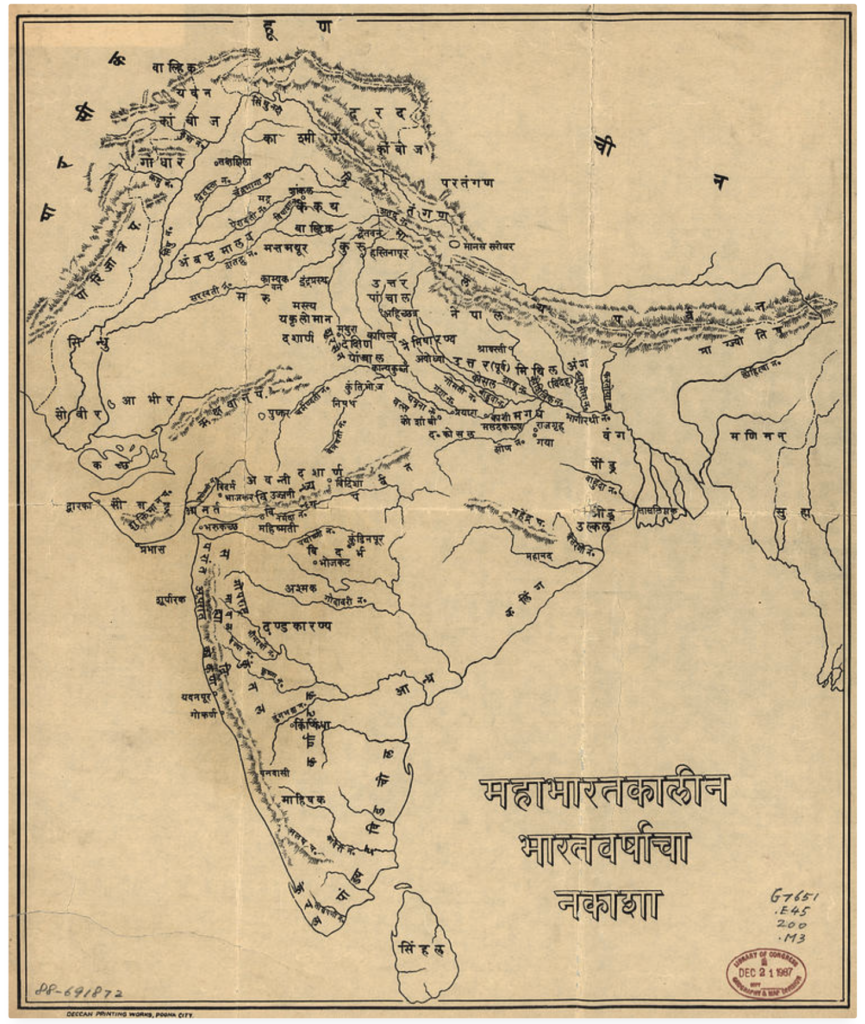
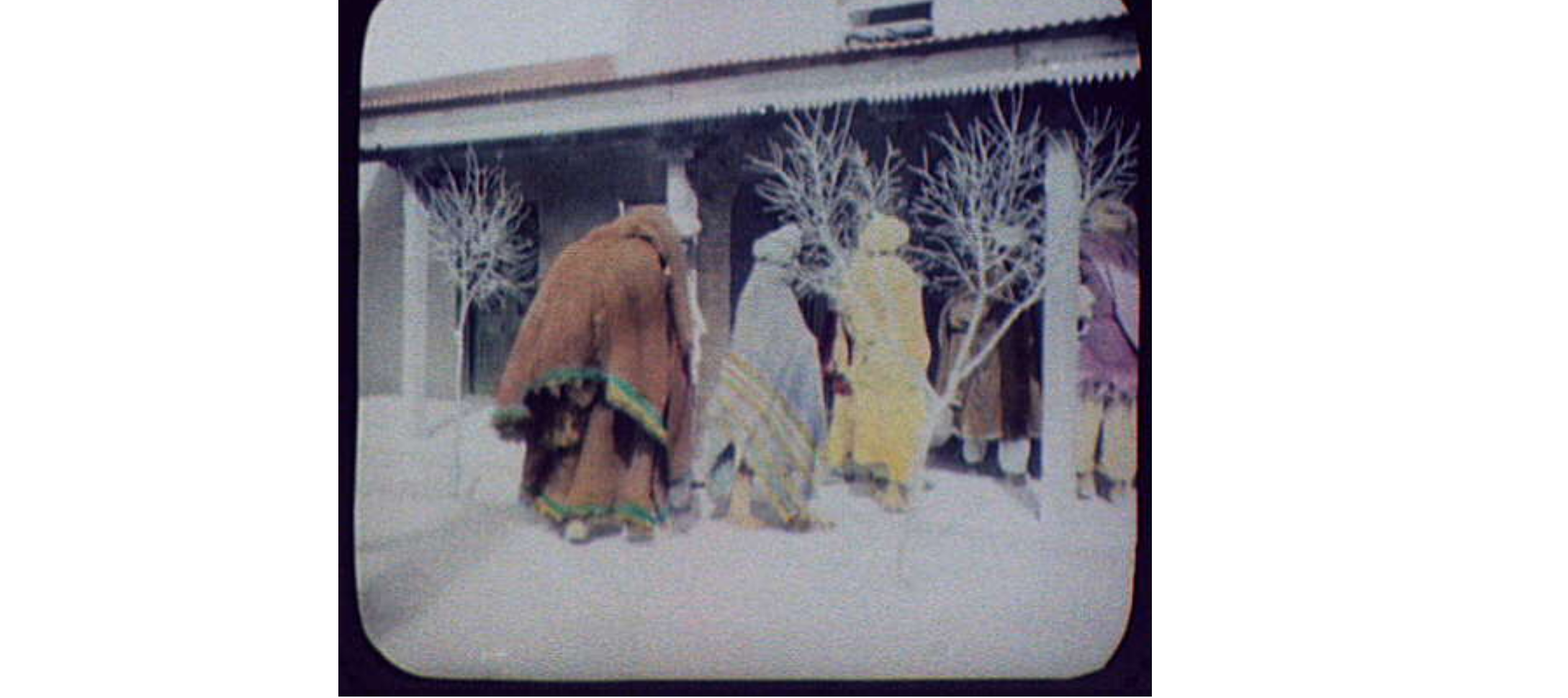
charshit? – Indian men entering building. India, Photograph.
https://www.loc.gov/item/2004707714/
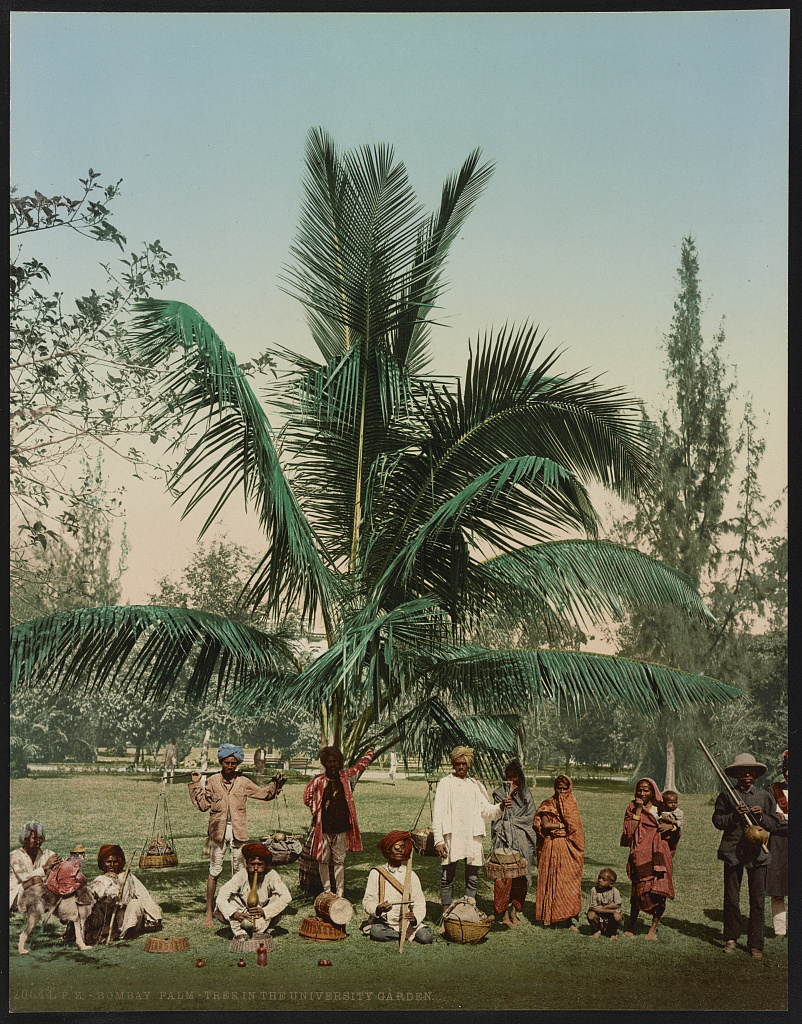
Jackson, William Henry, photographer. The Holy Man of Benares – Swami Bhaskarananda Saraswathi. India Varanasi, 1895. -20. Photograph. https://www.loc.gov/item/2004707381/.
